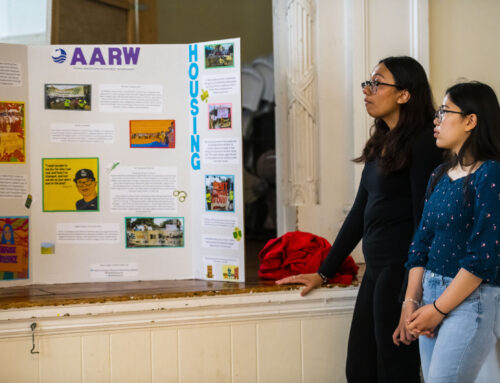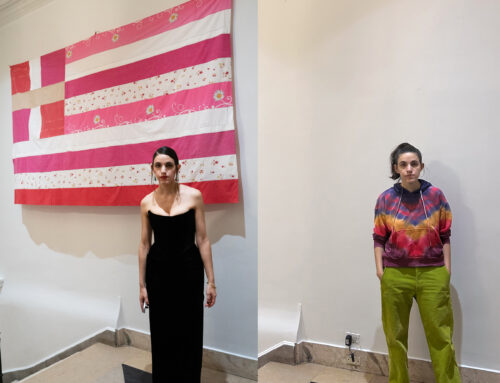Every artist dips her brush into a palette of thoughts—some subtle, other strikingly animated—and paints them into visual images. She would say that she found her words in vibrant paint streaks, her sentences in landscapes, and her voice in creativity. She speaks with colors and shapes; conveying ideas she couldn’t say any other way, ideas she had no words for.
The rich Indian subcontinent may be known for producing intellectual chemists and revolutionary engineers, yet it too has produced numerous artists of international renown. Some of the most successful and inventive artists in India are women. Their art is far from traditional, straying from what orthodox minds would approve of. Depicting a wide range of themes, from identity and memory to cutthroat politics and contemporary culture, these Indian artists have embraced novelty to fill their unconventional canvases.
Bharati Kher:

The pre-packaged, stick-on bindi is a hallmark of traditional Indian culture. Women are expected to wear this Indian forehead decoration to special occasions and within the household. This decoration is central to Kher’s artwork which oscillates between the realms of tradition and modernity. The bindi makes its entry in each of her pieces — from her paintings to sculptural installations, challenging the role of women in a traditional country. Her piece “The Skin Speaks a Language Not Its Own” (2006) captures a dying fiberglass elephant covered in shiny bindis.
However, her work doesn’t pause at the physical world. It engages with allegorical tales, fantastical creatures, mythical beasts, and magical monsters. Her piece “Misdemeanours” (2007) is a life-size replica of the heart of a blue whale, based purely on her imagination and emphasizing the romantic idea of a “big heart” and the heart’s relationship to less tangible ideas of life love, life, and death. Through her art, Kher strives to explore human drama and contemporary life.
Reena Kallat:

Kallat is known for incorporating multiple media into a single work, and her signature involves using the rubber stamp, a symbol of Indian officialdom. Maps are a recurrent theme in her work, as she explores the dichotomy between increased globalization and stricter border control between nations. Kallat’s preferred medium is photography, and many of her pieces explore indigenous communities and social class. Despite regions of India becoming more westernized, the country remains filled with ancient traditions and spirituality and it is still a society deeply divided by caste systems and gender. Tradition molds society and disables women to be completely liberated; however, in a nation where traditional values swim through daily life, art becomes vital in showcasing the effects of those values.
One of Kallat’s most recognized pieces was formed from electric wires to design a drawing that traces migration patterns globally. By changing the media of this drawing from a pencil to a wire, she transformed a map into a dynamic, ever-changing image. Salt is also an essential ingredient in many of her pieces. In her work, it provides a reminder of humans’ fragile relationship with the natural environment.
Rina Banerjee:

With a love of fabric and texture, coupled with experience of living in communities of mixed cultures, Banerjee’s poetic multimedia approach appeals to those who feel with touch. She creates colorful assemblages of textiles, fashion items, colonial objects, and organic materials into objects imbued with new meanings. These items are not your normal art materials: they’re unusual and spark debate and propel conversation. They include taxidermies of alligators, wooden cots, fish bones, ostrich eggs, feathers, and antique furnishings. Banerjee’s work is a direct reflection of her cosmopolitan background as the visual language she creates is influenced by her present home of NYC, but originates in India: a nation where materials represent those from all walks of life.




